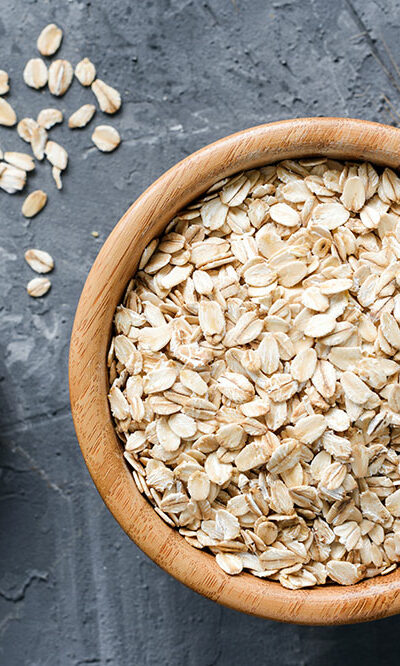
Lactose-free milk – Top 3 products
Is your body having a hard time digesting lactose? Well, you’re not alone! It’s said that around 75 percent of people in the world are lactose intolerant. But, instead of going dairy-free and missing out on essential nutrients, it makes sense to switch to lactose-free milk products. If you’re wondering what lactose-free milk is and what are the best lactose-free milk products in the market, read this article till the very end. What is lactose-free milk? To put it simply, lactose-free milk contains nearly all the same ingredients as regular milk, except the problem-causing ingredient, lactose. Milk free from lactose is produced by adding an enzyme called lactase to regular cow’s milk. This enzyme breaks down lactose in the body, aiding digestion in lactose-intolerant people. It’s crucial to not confuse lactose-free milk with dairy-free milk. The former is made from real dairy, while the latter is made from plant-based alternatives such as soy, almond, coconut, and others. This also means that lactose-free milk has the same nutrient profile as regular milk — protein-rich, and high in micronutrients like calcium, phosphorus, vitamin B12, and riboflavin. Top lactose-free milk products Here are some of the best lactose-free milk products: Organic Valley 2% Lactose-Free Milk This is most people’s go-to lactose-free milk choice. It contains only 2% fat, making it suitable for those looking for a low-fat variety. This milk is from pasture-raised cows, and the brand claims that it contains more omega-3s and conjugated linoleic acid (CLA) than regular milk. The product is also certified USDA Organic, non-GMO, and free from all harmful chemicals and preservatives. LACTAID® Whole Milk All lactose-free milk varieties from the brand Lactaid are made from 100% real dairy. If you’re looking for simple whole milk, this product is an excellent choice. It’s full of protein, calcium, vitamin A, and vitamin D, which are some of the vital nutrients the body needs for optimum health.










